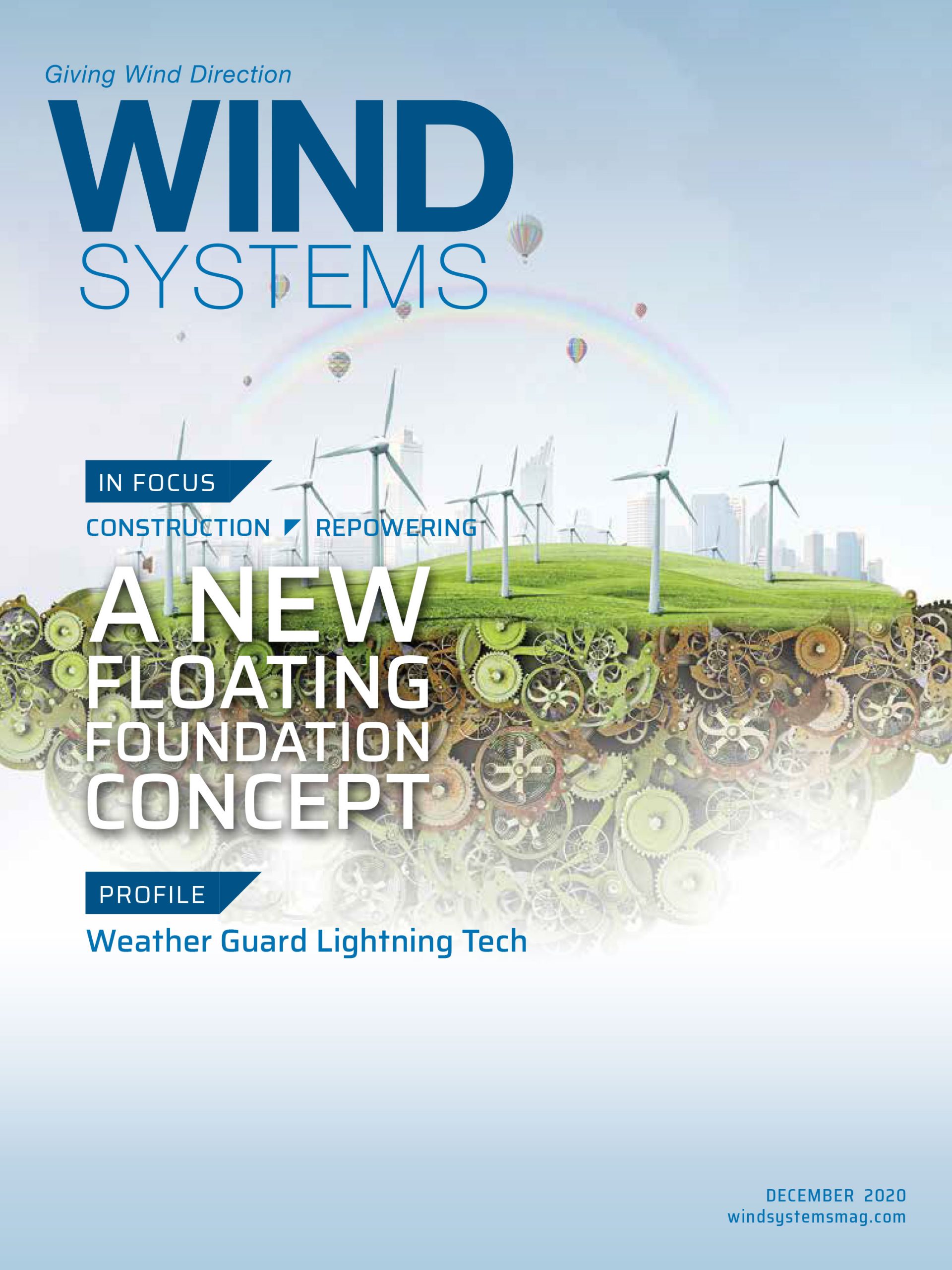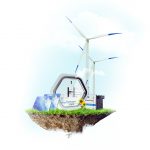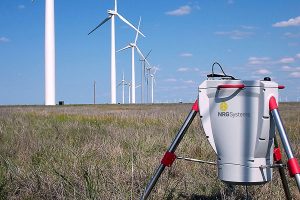This will come as no surprise to anyone, but wind turbines are tall — really tall. And like most really tall objects, they become targets for lightning strikes.
When — not if — lightning strikes a wind turbine, it can cause problems ranging from power disruption and downtime to catastrophic, expensive, irreparable damage.
Fortunately for owner-operators whose livelihood hinges on a properly spinning turbine, the experts at Weather Guard Lightning Tech have developed a deceptively simple method to help protect these expensive assets from Mother Nature’s fury.
“We’re making a product we call StrikeTape, which is a segmented lightning diverter,” said Allen Hall, CEO and founder of Weather Guard Lightning Tech. “We have developed a very flexible, tough, composite strip about 1/2” wide by 1-10-thousandths of an inch thick lined with integral 1/8th” plated metal buttons.”
Installation is quick and straightforward. StrikeTape bonds to the tip of a wind-turbine blade with double-sided tape and epoxy. It’s installed near the lightning receptor, according to Hall, and the strips guide lightning energy to those existing receptors.
And since the StrikeTape is so thin, it has the added benefit of causing little-to-no extra drag on the blades with no noticeable noise addition.
“Protecting the blade typically only requires a couple of feet of StrikeTape, depending on the blade configuration,” he said.
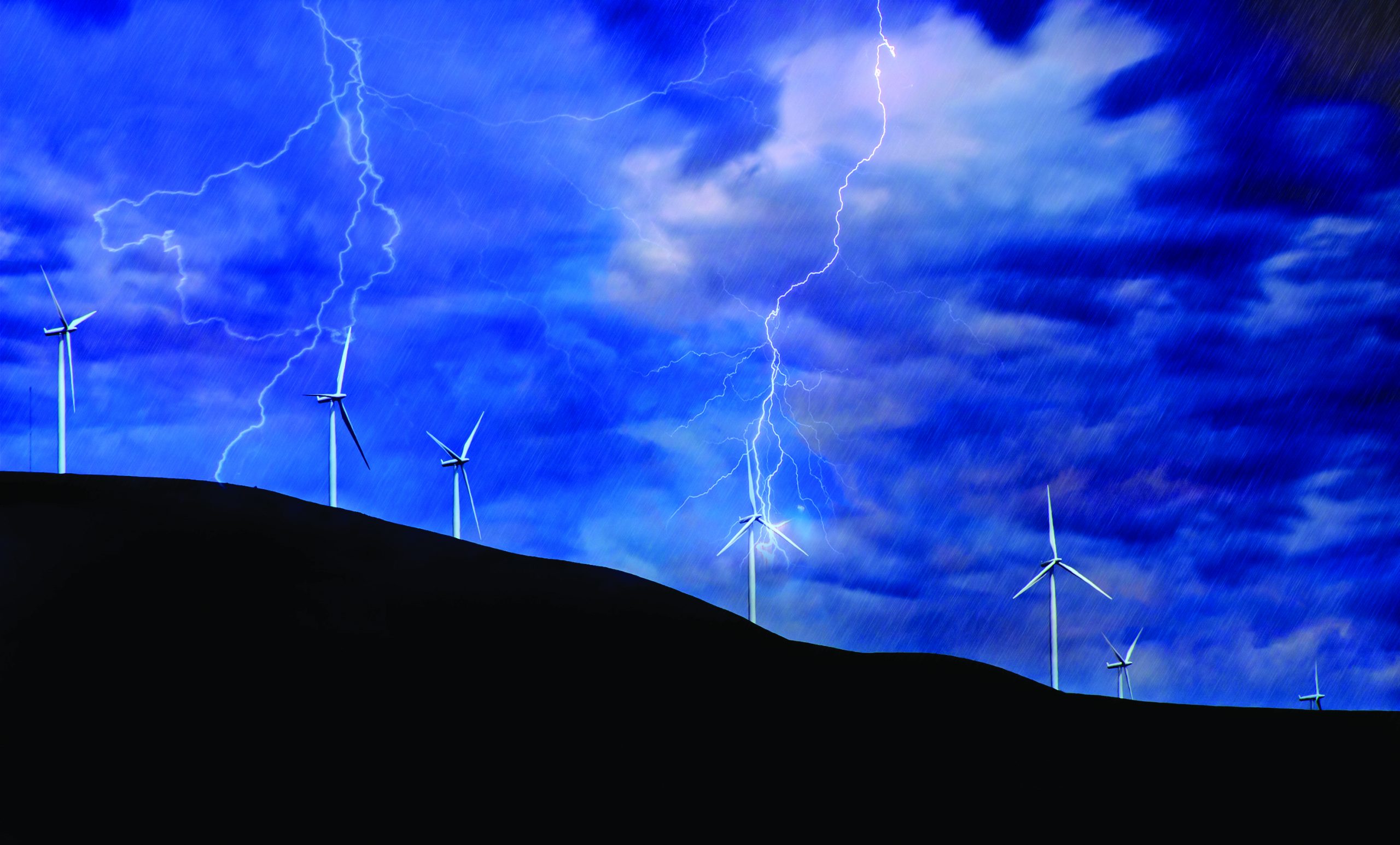
Making receptors more efficient
Weather Guard’s StrikeTape essentially makes a turbine’s lightning receptors more efficient at redirecting the plasma charge of a lightning strike, according to Hall.
“What happens in most cases is the StrikeTape kickstarts the blade’s Lightning Protection System. Basically, StrikeTape creates a nice path from the LPS to the thunderstorm cloud,” he said. “When you put our product near the receptor, it encourages electrical energy to follow that pathway from the receptor out to the atmosphere, instead of breaking through the blade.
What you often see in unprotected wind-turbine blades is that they’re split open or punctured, by lightning hitting the down conductor inside the blade. We prevent the blade puncture by making the existing receptor much more effective. We start everything at the receptor. We make that receptor very, very efficient.”
And since Weather Guard’s product doesn’t absorb energy, it can take multiple strikes, according to Hall. This has the added benefit of longevity in that it doesn’t have to be replaced often. In fact, StrikeTape generally will last the life of most blades.
“The environment we are putting wind turbines in is unbelievably difficult,” he said. “We keep putting wind turbines in these really bad weather places. We’re putting them out in the ocean. As wind turbines get larger and the wind speeds are going up, everything about the wind-turbine industry is just getting more difficult. Maintenance is a challenge, because there are so many turbines in service. The drive and the push from the wind industry toward us is: ‘We want a lightning protection product we don’t have to fix.’”
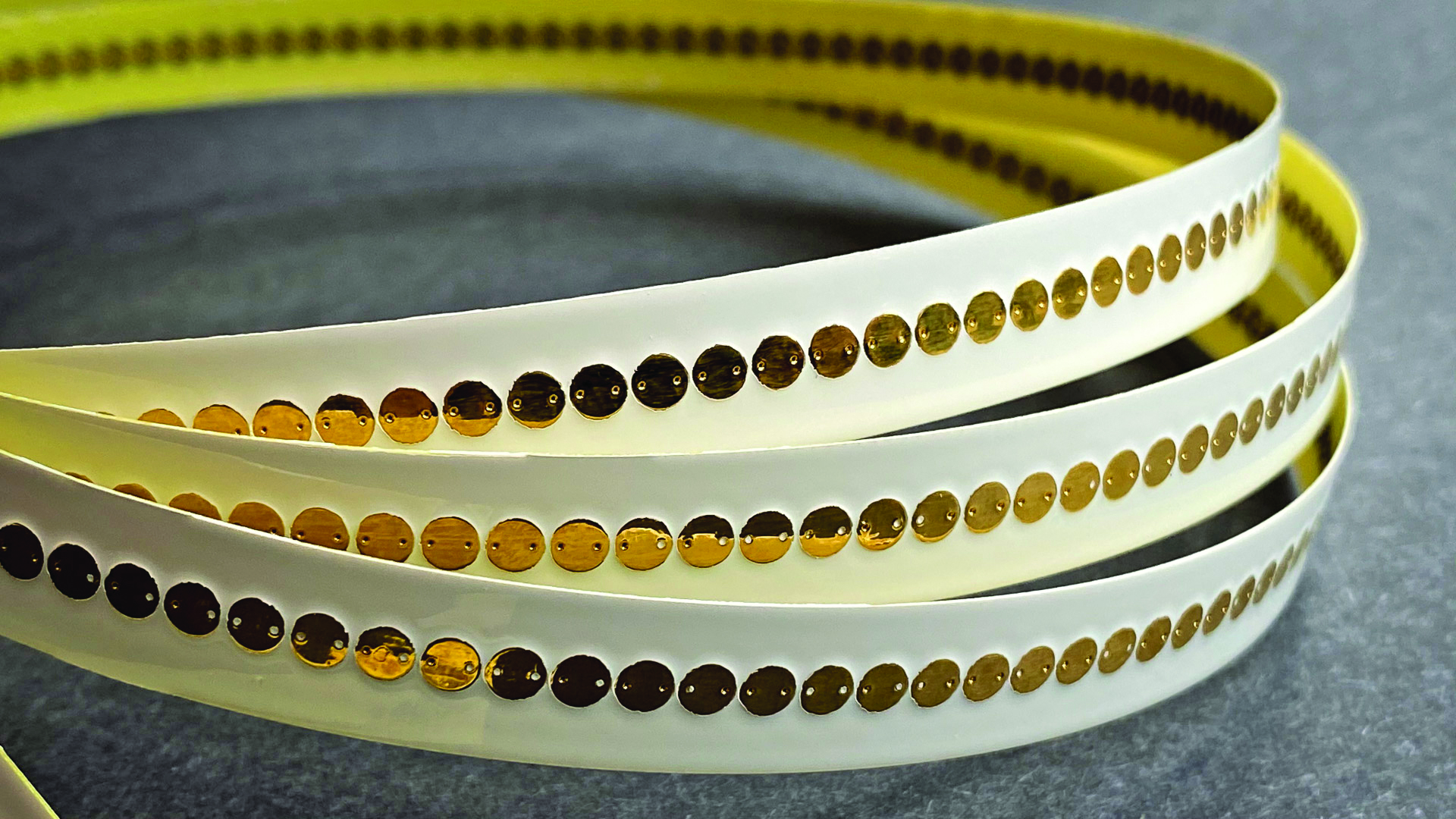
Product longevity
The bottom line is owner-operators don’t want to budget extra money in order to replace a part every year, and Hall emphasized that was the driving force for his company when it began developing products specifically for the wind market.
“The wind-turbine lightning requirements are higher than the requirements for aircraft,” he said. “It’s hard to think about it that way, but we don’t test aircraft at the levels we test wind turbines.”
The comparison between turbines and aircraft is not just lip service. Before starting Weather Guard, Hall was an electrical engineer working with the aerospace community to help manufacturers design airplanes. Part of that experience involved work at a nearby lightning laboratory where testing was done on aircraft components and structures and, yes, even wind-turbine blades.
“We had come out of the airplane world thinking, ‘Well, we’ve got this figured out.’ When we got to the wind-turbine world and they started laying out these numbers, we were like, ‘Wow, this is crazy! You guys are crazy,’” he said. “We ended up doing a bunch of work and testing at Global Lightning Protection Services, which is now PolyTech, in Denmark, just because the lightning facilities in the U.S. couldn’t simulate such large strikes.”
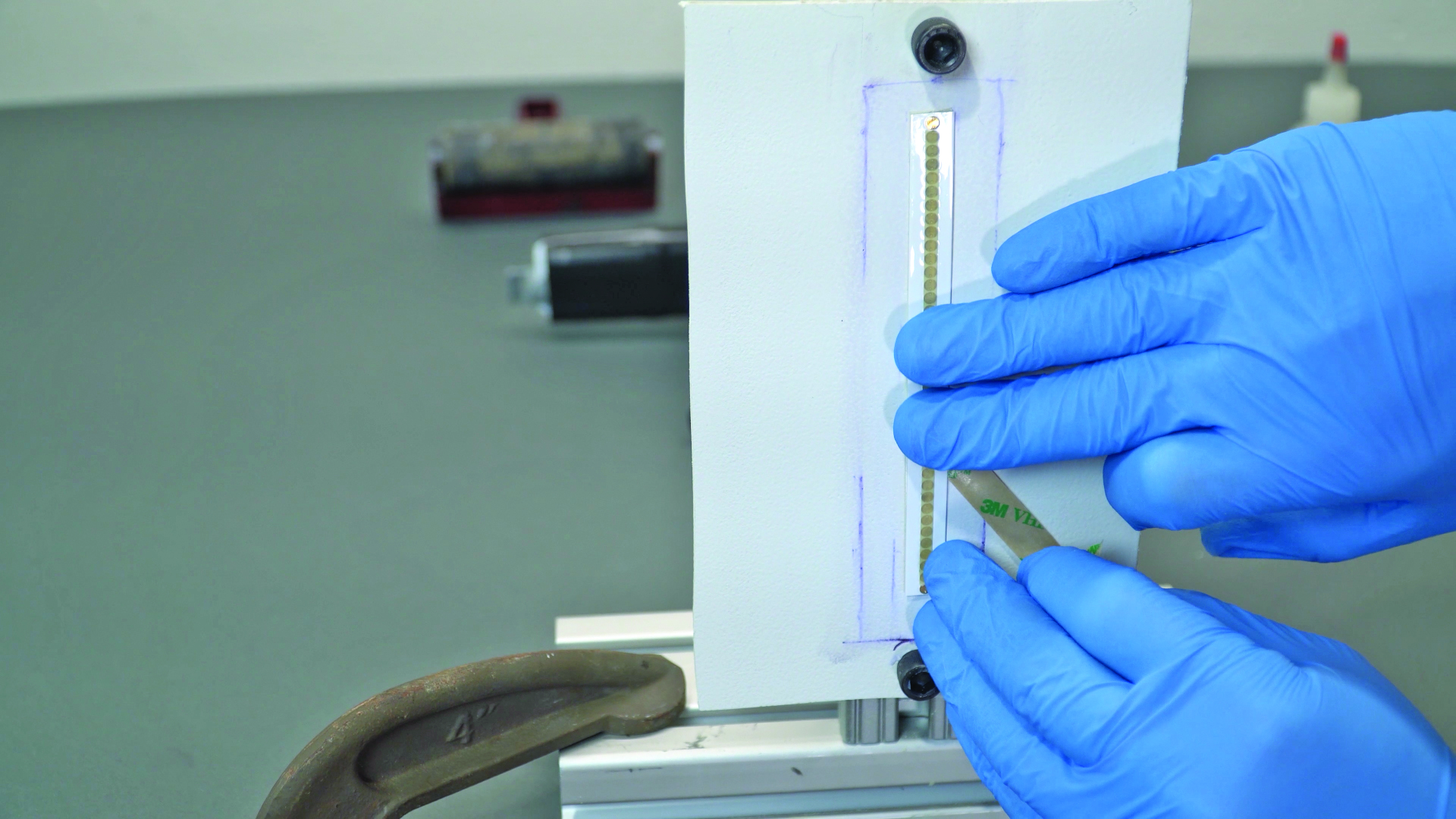
‘We can’t break it’
Considering how often turbines are the victim of lightning strikes annually, a near-indestructible product was paramount, according to Hall.
“Wind turbines take multiple strikes,” he said. “We have some data from turbines on the west coast of Japan, which has the worst lightning strikes in the world; nothing even comes close. I was shocked at how many lightning strikes they had taken in a six-month period. Some of those turbines had taken more than a dozen lightning strikes.”
By working with the technical base in Europe, Hall and his team came up with a product that, from a lightning standpoint, was almost impossible to destroy.
“We actually sent StrikeTape over to the test lab in Denmark and said, ‘OK, I want you to hit this part as many times as you can until you destroy it,’” he said. “I’m figuring a half hour later we would get a phone call. So, a day goes by, then two days go by, and I don’t hear anything. So, I’m curious. Then I get a phone call from them that says, ‘Hey, we would like to stop.’ I said, ‘Well, yeah, sure, stop. Why not? But what’s going on?’ He says, ‘We’ve been testing and testing your part, and we can’t break it.’”
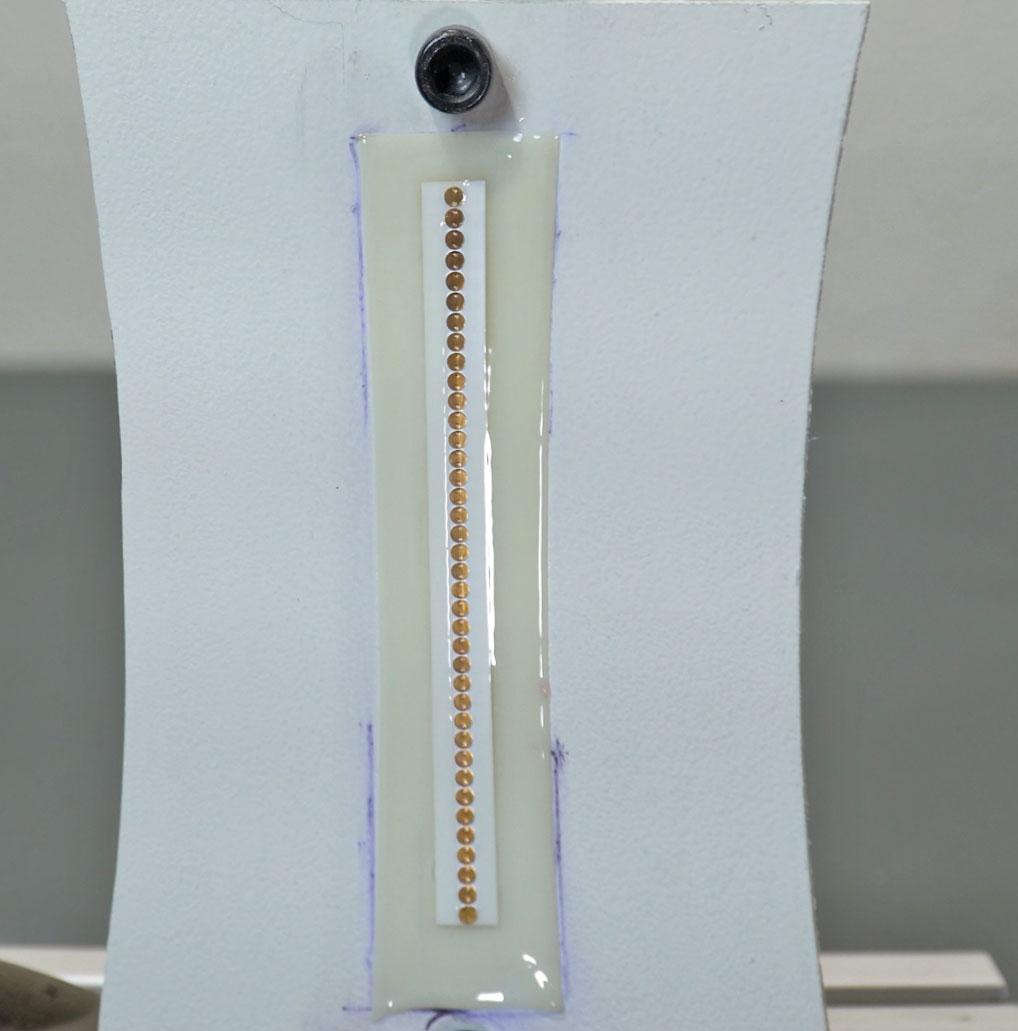
Working with customers
Hall starts each project by having conversations about lightning-strike data for a particular wind farm. Weather Guard then designs a StrikeTape layout that will protect the blade and provides detailed installation, instruction sheets, and videos, according to Hall.
“We tend to see customers go quiet after the system is installed,” he said. “A lot of the lightning protection issues just kind of go away. Not all of them, because some of them are not related to us, but a lot of the blade issues go quiet. And that’s what we want. No need to call us back. It’s on, and it’s working, and it’s fine. We strive to stop all the blade repairs that are related to lightning. Most lightning-strike damage to blades can be prevented. It really can be.”
Pandemic issues
Like most companies in 2020, Weather Guard has had to deal with the ramifications of the COVID-19 pandemic. Although the pandemic has severely curtailed the aircraft side of Hall’s company, for wind, it’s almost been the exact opposite reaction.
The wind industry is still creating power, which means it’s still installing wind turbines even with added COVID conditions and restrictions, according to Hall.
“It has been remarkable in that sense,” he said. “We have jumped through hoops in the last couple of months, supporting wind-turbine repairs and wind-turbine upgrades. In the United States, a lot of industries have shut down, so it’s hard to keep the manufacturing going at the rate we need. It’s been quite the dance. Being able to keep delivering our product to support the wind-turbine market has been really uplifting for us.”
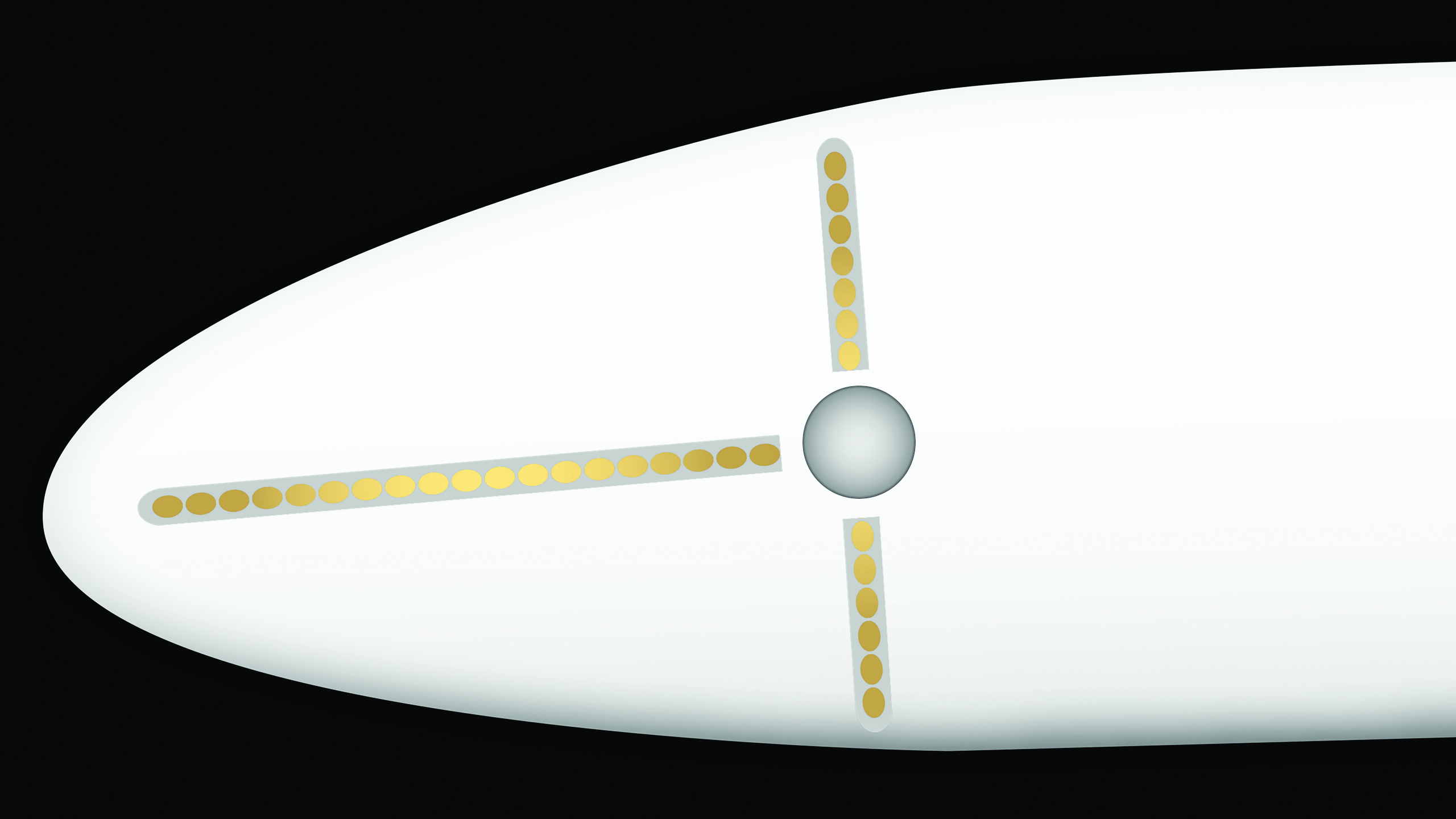
Promoting wind
In the meantime, Weather Guard, which first opened its doors in 2006, has used its influence and experience to promote the industry in any way it can. According to Hall, one of those ways is a weekly podcast on wind turbines called Uptime.
“It has a good bit of traffic going to it, and we get emails and questions from all over the world,” Hall said. “We’re trying to promote industry knowledge. We’re trying to address repairs and lifetime issues. We talk about the engineering that goes on and how difficult it is. We are looking at challenges coming up with lightning and in the industry in general over the next couple of years. You can find Uptime on YouTube and all major podcast platforms.”
Ready for more challenges
Even though the pandemic still looms over businesses worldwide, it will eventually fade. That means more opportunity as wind energy expands in North America, and Hall expects Weather Guard’s products will be in even more demand.
“Offshore growth is going to be big in the United States and across the world,” he said. “As blade diameters get bigger and as they are installed in more difficult weather places like off the coast of Scotland, the North Sea, Northern Europe and Japan, we are seeing more of a push for durability. That’s what everybody is telling us: Durability is key.”
Another future challenge Hall sees is the use of carbon fiber in blade manufacturing.
“From a lightning-protection standpoint, we’re going to see more and more carbon fiber going into blades as they get longer, and that creates a lightning issue we have to try to work around,” he said.
Hall sums it up in a pretty simple way: The market will continue to grow.
“We’re not getting smaller; this market will not get smaller; the turbines will not get smaller; they’re going to continue to grow,” he said. “The problems just get more difficult. As the wind turbines get taller, they get struck more and need better protection. That’s why we’re here.”
For more information: weatherguardwind.com



















